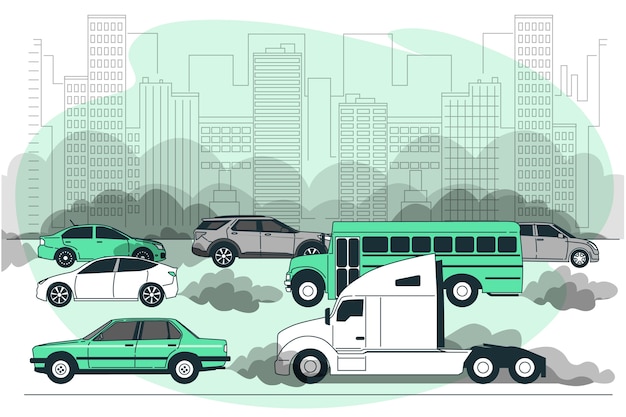Eliminating Eyesores:
Abandoned and derelict vehicles can mar the visual appeal of urban areas, leaving a negative impression on residents and visitors alike. Car scrapping removes these eyesores, restoring the visual charm of the city and creating a more welcoming environment.
Enhancing Public Safety:
Left unattended, abandoned vehicles can pose safety hazards, serving as potential fire risks or attracting unwanted activities. Car scrapping eradicates these potential dangers, contributing to enhanced public safety and well-being.
Promoting Sustainable Land Use:
UBy scrapping non-functional vehicles, we promote sustainable land use in urban areas. The cleared spaces can be repurposed for community parks, green spaces, or infrastructural development, aligning with sustainable urban planning principles.
Streamlining Traffic Flow:
Abandoned vehicles obstruct traffic flow, leading to congestion and inconvenience for commuters. The removal of such vehicles through car scrapping helps in streamlining traffic movement and minimizing roadblocks.
Supporting Urban Renewal Projects:
Car scrapping complements urban renewal initiatives aimed at transforming rundown neighborhoods into vibrant and modern spaces. As derelict vehicles are cleared, the stage is set for transformative revitalization projects.
Strengthening Municipal Partnerships:
Collaboration between car scrapping companies and municipal authorities fosters a more efficient approach to urban landscape management. Such partnerships promote swift removal of abandoned vehicles, enhancing the overall appeal of the city.
Contributing to Green Initiatives:
Car scrapping is a critical component of green initiatives, contributing to sustainable waste management. Recycling salvaged materials and environmentally responsible disposal of hazardous substances ensure minimal environmental impact.
Reducing Carbon Footprint:
Abandoned vehicles contribute to carbon emissions, even while stationary. Car scrapping directly addresses this concern by reducing the environmental impact and promoting a greener urban environment.
Empowering Community Pride:
A clean and clutter-free urban landscape instills a sense of pride and ownership among residents. Car scrapping helps build a sense of community responsibility, encouraging citizens to maintain the cleanliness and beauty of their surroundings.
Conclusion:
Car scrapping plays a crucial role in revitalizing urban landscapes, providing a much-needed solution to the problem of abandoned and non-functional vehicles cluttering city spaces. Through responsible removal and recycling, car scrapping contributes to the aesthetic enhancement, safety, and sustainable development of urban areas. As we prioritize environmental consciousness and community well-being, car scrapping emerges as a powerful tool to shape cleaner, greener, and more vibrant urban environments for generations to come.
